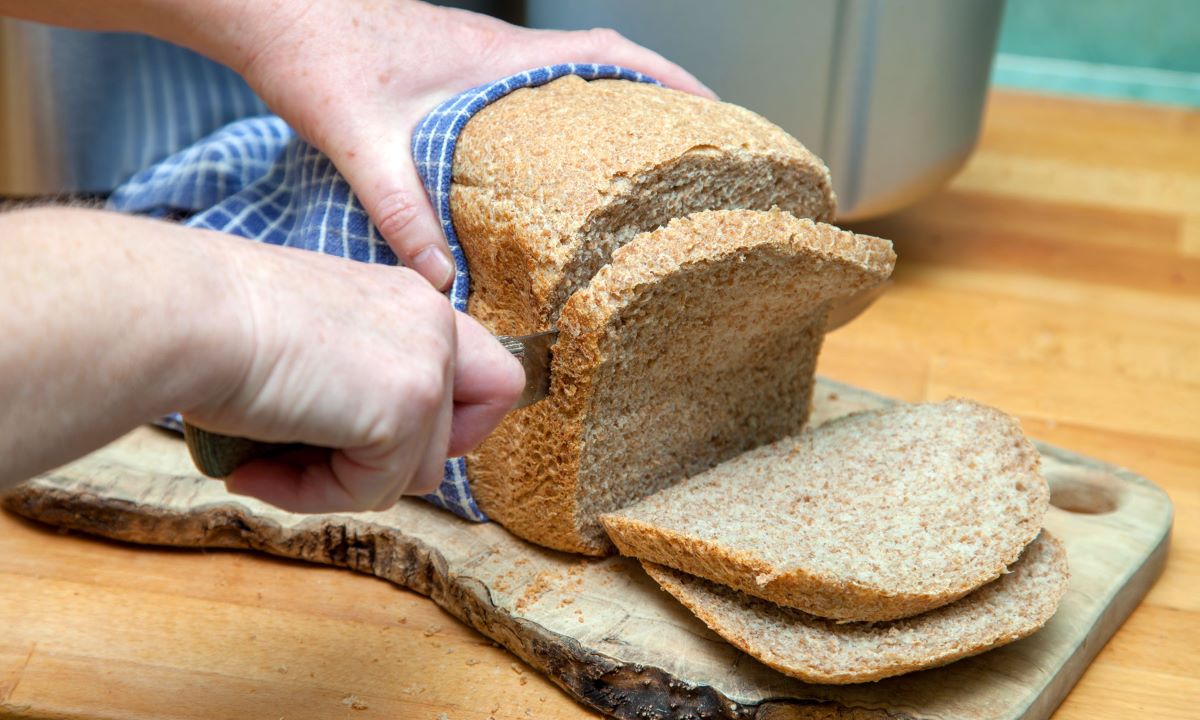

Articles
How To Store A Fresh Loaf Of Bread
Modified: February 23, 2024
Learn how to store a fresh loaf of bread with these helpful articles. Discover the best methods for keeping your bread fresh and delicious for longer.
(Many of the links in this article redirect to a specific reviewed product. Your purchase of these products through affiliate links helps to generate commission for Storables.com, at no extra cost. Learn more)
Introduction
There’s nothing quite like the smell and taste of freshly baked bread. Whether you’ve made it yourself or purchased it from a local bakery, keeping that loaf of bread fresh for as long as possible is essential. Improper storage can lead to your bread becoming stale and dry, greatly diminishing its flavor and texture. To ensure that every slice of bread you enjoy is as delightful as the first, it’s important to understand the best ways to store a fresh loaf of bread.
In this article, we will explore the importance of proper bread storage and provide you with practical methods to keep your bread fresh for longer periods. Whether you’re dealing with homemade bread or store-bought loaves, these tips will help you maintain the quality of your bread and extend its shelf life.
Key Takeaways:
- Proper bread storage is crucial for maintaining freshness, taste, and quality. Whether at room temperature, in the refrigerator, or freezer, each method has its advantages and suitable timeframes. Protect your bread from air and moisture to enjoy it for longer.
- Slicing bread as needed, reheating slightly stale slices, and utilizing proper storage containers can enhance the longevity and freshness of your loaves. By implementing these techniques, you can minimize waste and enjoy the delightful experience of freshly baked bread for longer.
Read more: How To Store Fresh Bread Loaf
Why is Proper Bread Storage Important?
Proper bread storage is crucial for maintaining the freshness and quality of your loaf. When bread is exposed to air, it begins to lose moisture, which can lead to it becoming stale and dry. Stale bread not only lacks the softness and aroma that we love, but it can also affect the taste and texture of sandwiches, toast, and other recipes.
In addition to moisture loss, improper storage can cause bread to become susceptible to mold growth. Mold thrives in warm and humid environments, making it important to store bread in a way that prevents moisture buildup.
Proper bread storage not only ensures that you can enjoy each slice at its best, but it also helps to reduce food waste. By keeping your bread fresh for longer, you can avoid throwing away stale loaves and make the most of every bread purchase.
Now that we understand why proper bread storage is important, let’s explore the best methods to preserve the freshness of your loaf.
The Best Way to Store a Fresh Loaf of Bread
When it comes to storing a fresh loaf of bread, there are a few tried-and-true methods that can help you maintain its freshness and taste. Let’s dive into the best ways to store your bread:
Method 1: Store at Room Temperature
One of the simplest and most common methods of storing bread is at room temperature. This is suitable for bread that will be consumed within a few days. To store your loaf at room temperature:
- Keep the bread in its original packaging or transfer it to a bread box or airtight container.
- Place the bread in a cool, dry place away from direct sunlight and heat sources.
- Avoid storing bread near the stove or in the refrigerator, as the heat and moisture can accelerate the staling process.
Method 2: Store in the Refrigerator
If you don’t plan on consuming the entire loaf within a few days, storing bread in the refrigerator can help prolong its freshness. However, be aware that refrigeration can accelerate the staling process. To store bread in the refrigerator:
- Wrap the loaf tightly in plastic wrap or place it in a resealable plastic bag to prevent moisture loss.
- Keep the bread away from strong-smelling foods to prevent it from absorbing any unwanted flavors.
- Before enjoying, allow the refrigerated bread to come to room temperature or lightly toast it to revive its texture.
Read more: How To Store Sourdough Loaf
Method 3: Store in the Freezer
If you have a surplus of bread or want to store it for a longer period, freezing is your best option. Freezing bread halts the staling process, allowing you to enjoy fresh-tasting bread even after weeks. To freeze your bread:
- Wrap the bread tightly in plastic wrap, foil, or place it in a freezer-safe bag.
- Label the package with the date to ensure you know when it was frozen.
- To thaw the bread, take out the desired number of slices or the whole loaf and let it defrost at room temperature.
Now that you know the best methods for storing bread, let’s explore some additional tips to maintain its freshness and quality.
Method 1: Store at Room Temperature
One of the simplest and most convenient ways to store a fresh loaf of bread is to keep it at room temperature. This method is suitable for bread that will be consumed within a few days. By following these steps, you can ensure that your bread stays fresh and delicious:
- Keep the bread in its original packaging or transfer it to a bread box or airtight container: Bread is typically sold in packaging designed to preserve its freshness. If your bread came in a bag or wrapper, you can leave it in that packaging. Alternatively, you can transfer the loaf to a bread box or an airtight container. This helps to protect the bread from exposure to air, which can lead to moisture loss and staleness.
- Place the bread in a cool, dry place away from direct sunlight and heat sources: Bread should be stored in a location that is cool and dry, as warmth and humidity can accelerate the staling process. Avoid storing the bread near stoves, ovens, or windows where it may be exposed to direct sunlight or fluctuating temperatures. Instead, choose a spot in your kitchen or pantry that provides a stable environment for the bread.
- Avoid storing bread near the refrigerator: While it may seem logical to store bread near the refrigerator, it is actually not recommended. The refrigerator can introduce moisture to the bread, causing it to become soggy or stale more quickly. Additionally, the cold environment of the refrigerator can speed up the staling process. It is best to keep your bread at room temperature in a separate location from your refrigerator.
By following these steps, you can ensure that your bread retains its freshness and flavor for the optimal amount of time. However, it is important to note that storing bread at room temperature is best for short-term storage. If you need to store your bread for a longer period, consider using alternative methods such as refrigeration or freezing.
Now that you know how to store bread at room temperature, let’s explore other storage methods that can help prolong the freshness of your loaf.
Method 2: Store in the Refrigerator
Storing bread in the refrigerator can be a viable option if you do not plan on consuming the entire loaf within a few days. While refrigeration can accelerate the staling process, it can also help prolong the freshness of bread when done correctly. Follow these steps to store your bread in the refrigerator:
- Wrap the loaf tightly in plastic wrap or place it in a resealable plastic bag: Before placing your bread in the refrigerator, ensure it is well-protected to prevent moisture loss. Wrap the loaf tightly in plastic wrap or place it in a resealable plastic bag to create a barrier against air and moisture.
- Keep the bread away from strong-smelling foods: Bread has a tendency to absorb odors from other foods. To prevent your bread from developing unwanted flavors, make sure to store it away from strong-smelling items in your refrigerator. Consider using a designated section or shelf specifically for bread storage.
- Bring the refrigerated bread to room temperature before consuming: Bread stored in the refrigerator can become firm and lose its freshness. To revive its texture and flavor, allow the refrigerated bread to come to room temperature before enjoying it. You can also lightly toast the bread to restore some of its original characteristics.
While refrigeration can help extend the shelf life of bread, it is important to note that keeping bread in the refrigerator is best for medium-term storage. Over an extended period, refrigeration may cause the bread to dry out and lose its desirable texture. If you have a surplus of bread or need to store it for a longer duration, consider using the freezing method instead.
With these steps, you can confidently store your bread in the refrigerator and ensure it stays fresh for an extended time. In the next section, we will explore the freezing method for long-term bread storage.
Method 3: Store in the Freezer
If you have a surplus of bread or need to store it for an extended period, freezing is the best method to maintain its freshness and quality. Freezing bread halts the staling process, allowing you to enjoy fresh-tasting bread even after weeks. Here’s how to properly store bread in the freezer:
- Wrap the bread tightly in plastic wrap, foil, or place it in a freezer-safe bag: To prevent freezer burn and maintain the bread’s moisture, make sure to wrap it tightly. Use plastic wrap, aluminum foil, or sealable freezer bags, ensuring the bread is well-protected.
- Label the package with the date: It’s important to know when the bread was frozen to maintain proper rotation. Label the package with the date of freezing so that you can keep track of its storage time.
- Thaw the bread properly before consuming: When you’re ready to enjoy the frozen bread, take out the desired number of slices or the entire loaf from the freezer. Allow it to thaw at room temperature until it reaches the desired softness. You can also lightly toast the bread to restore its texture and freshness.
By following these steps, you can ensure that your bread retains its quality and taste even after being stored in the freezer. Freezing is an excellent choice when you want to store bread for longer periods, such as when you buy bread in bulk or want to keep some for later use.
Remember to keep in mind the storage time for bread in the freezer. While frozen bread can stay safe to eat indefinitely, its quality may deteriorate over time. Aim to consume frozen bread within a few months for the best results.
Now that you know how to store bread in the freezer, let’s explore some additional tips to maintain its freshness and quality.
Store a fresh loaf of bread at room temperature in a bread box or paper bag to maintain its texture and prevent it from drying out. Avoid storing it in the refrigerator, as this can make the bread go stale faster.
Read more: How To Store A Loaf Of Sourdough
Tips for Maintaining Freshness and Quality
Now that you’re equipped with the best methods for storing bread, here are some additional tips to ensure maximum freshness and quality:
- Slice as needed: To minimize exposure to air, it’s best to slice your bread as you need it. This helps to preserve the freshness of the remaining loaf, as sliced bread tends to go stale faster than whole loaves.
- Avoid cutting warm bread: If you’ve just baked or purchased a loaf of bread, allow it to cool completely before slicing. Cutting warm bread can cause it to lose moisture more rapidly, leading to dryness and staleness.
- Reheat bread before serving: If your bread has gone slightly stale, you can rejuvenate it by briefly reheating it. Pop it in the oven at a low temperature for a few minutes or warm it in a toaster. This will help to revive the texture and make it taste more fresh.
- Use bread bags or airtight containers: If you regularly buy or bake bread, consider investing in bread bags or airtight containers specifically designed for bread storage. These can help maintain the bread’s moisture and prevent it from drying out.
- Avoid storing bread in the refrigerator for too long: While refrigeration can prolong the freshness of bread, it’s best to consume refrigerated bread within a few days. Prolonged refrigeration can cause the bread to become dry and lose its flavor.
- Only freeze bread when it’s fresh: Freezing is best done when the bread is still fresh. Aim to freeze the bread within a day or two of purchasing or baking it. This ensures that you’re freezing it at its peak quality.
By following these tips and utilizing the appropriate storage methods, you can enjoy fresh, delicious bread for longer periods. Whether you prefer slicing at room temperature, refrigerating for short-term storage, or freezing for long-term preservation, these tips will help you maintain the freshness and quality of your loaves.
Remember, storing bread properly is not only about preserving its taste and texture but also about reducing food waste. With these tips in mind, you can make the most out of every loaf and savor the delightful experience of freshly baked bread.
When it comes to storing bread, a little extra care can go a long way in ensuring that every slice is as enjoyable as the first. So, embrace these methods and tips to keep your bread fresh, flavorful, and ready to be enjoyed whenever you please.
Enjoy your delicious bread!
Conclusion
Properly storing a fresh loaf of bread is essential for maintaining its freshness, taste, and quality. By following the methods and tips outlined in this article, you can enjoy delicious bread, free from staleness and dryness, for longer periods of time.
Whether you choose to store your bread at room temperature, in the refrigerator, or in the freezer, each method has its advantages and suitable timeframes. Storing at room temperature is ideal for short-term storage, while refrigeration can extend the shelf life for a few more days. Freezing is the best option for long-term storage.
Remember to always protect your bread from exposure to air and moisture by using appropriate wrappings such as plastic wrap, foil, or freezer bags. Labeling the packages with the date of storage helps to keep track of the bread’s freshness and rotation.
Additionally, it’s important to consider the individual characteristics of each loaf, such as its moisture content and crust type, as these factors can affect the storage and packaging choices.
By slicing your bread as needed, reheating slightly stale slices, and utilizing bread bags or airtight containers, you can further enhance the longevity and freshness of your loaves. Avoid storing bread in the refrigerator for extended periods and freeze bread when it’s still fresh for the best results.
Proper bread storage not only ensures that you can savor each slice at its best, but it also helps reduce food waste. By implementing these techniques and being mindful of your bread storage practices, you can make the most of every loaf, minimize waste, and enjoy the delightful experience of freshly baked bread for longer.
So go ahead, put these tips into action, and say goodbye to stale, dry bread. Instead, embrace the pleasure of indulging in a perfectly fresh loaf that will satisfy with every bite.
Enjoy your bread to the fullest!
Frequently Asked Questions about How To Store A Fresh Loaf Of Bread
Was this page helpful?
At Storables.com, we guarantee accurate and reliable information. Our content, validated by Expert Board Contributors, is crafted following stringent Editorial Policies. We're committed to providing you with well-researched, expert-backed insights for all your informational needs.
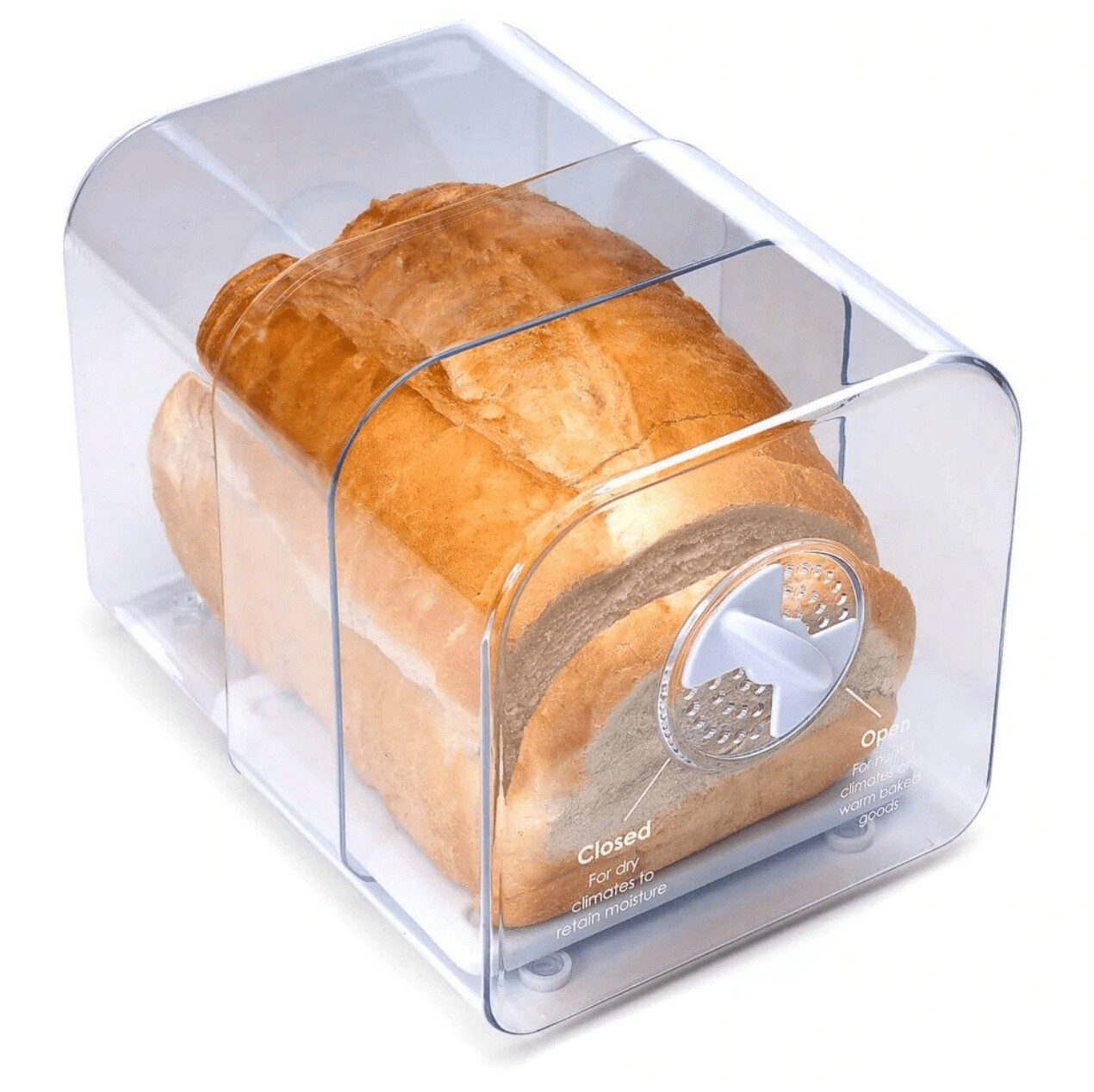
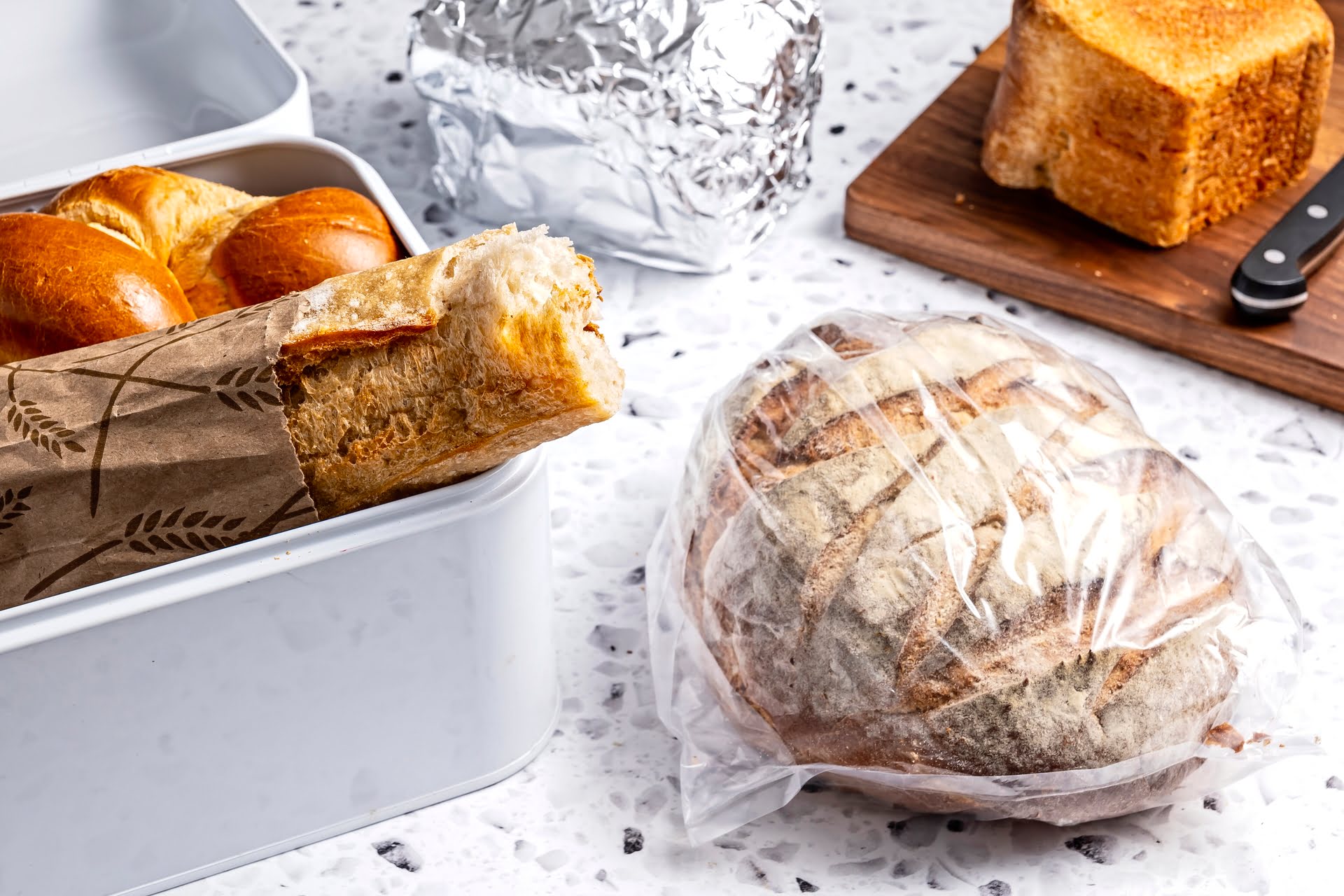
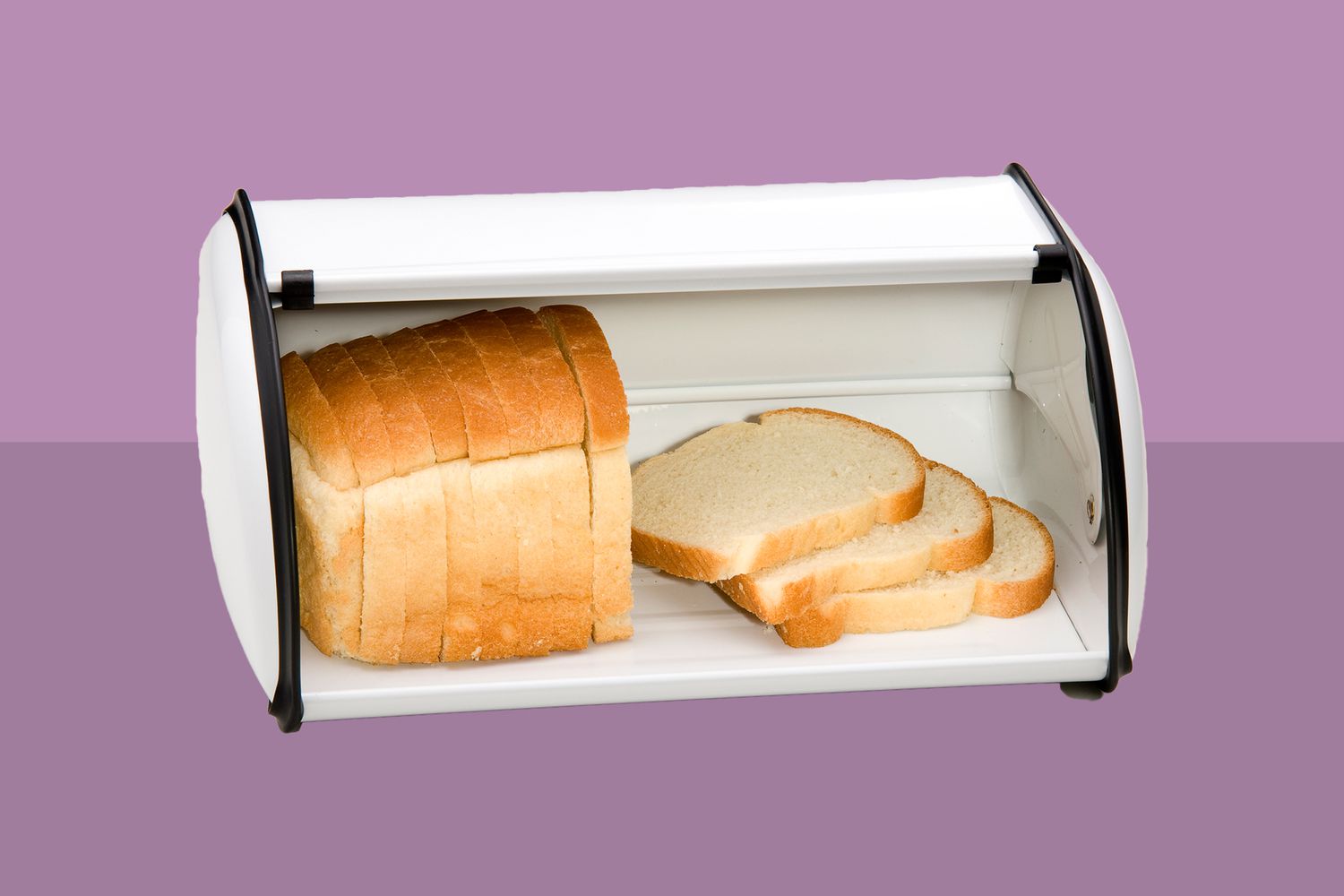
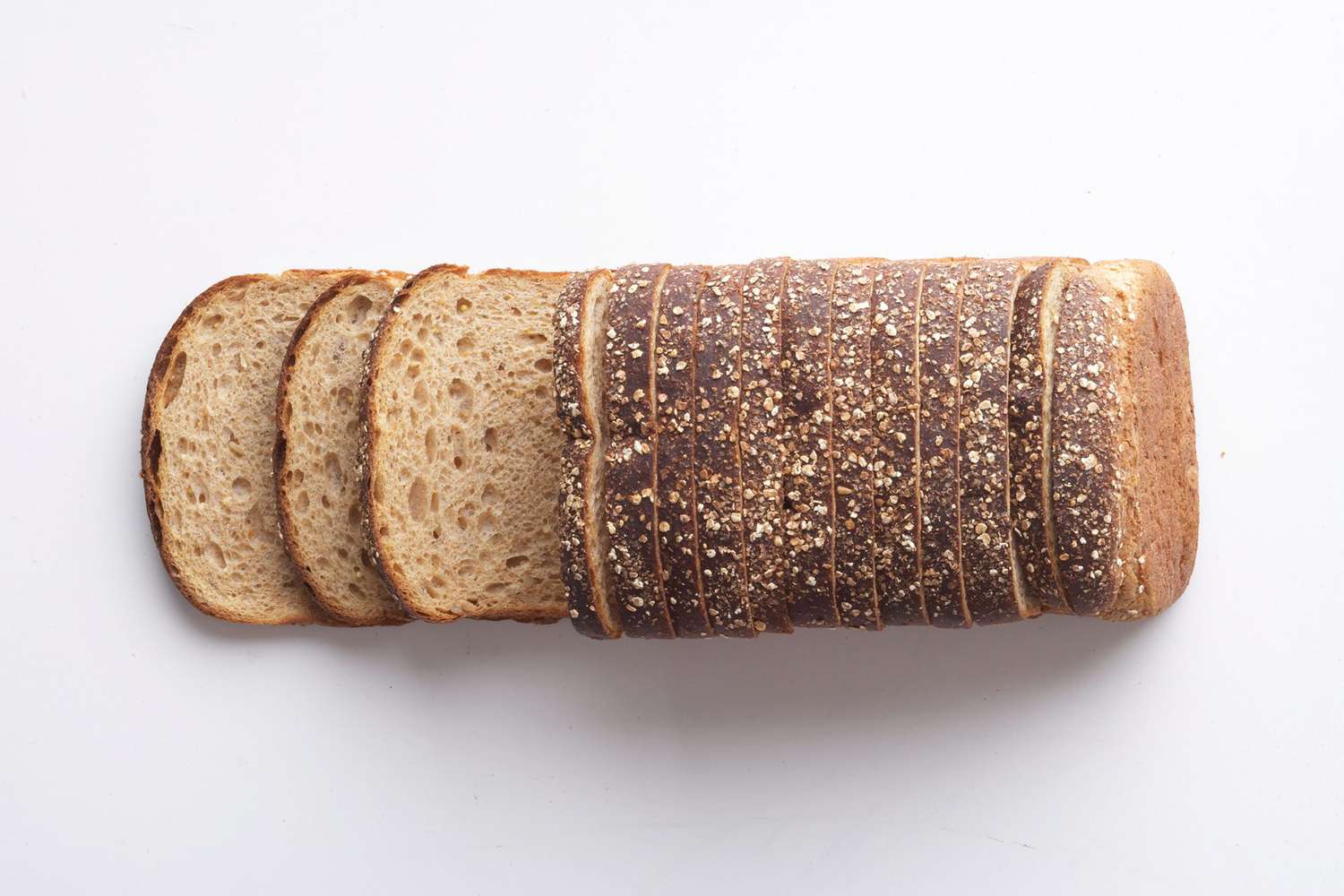
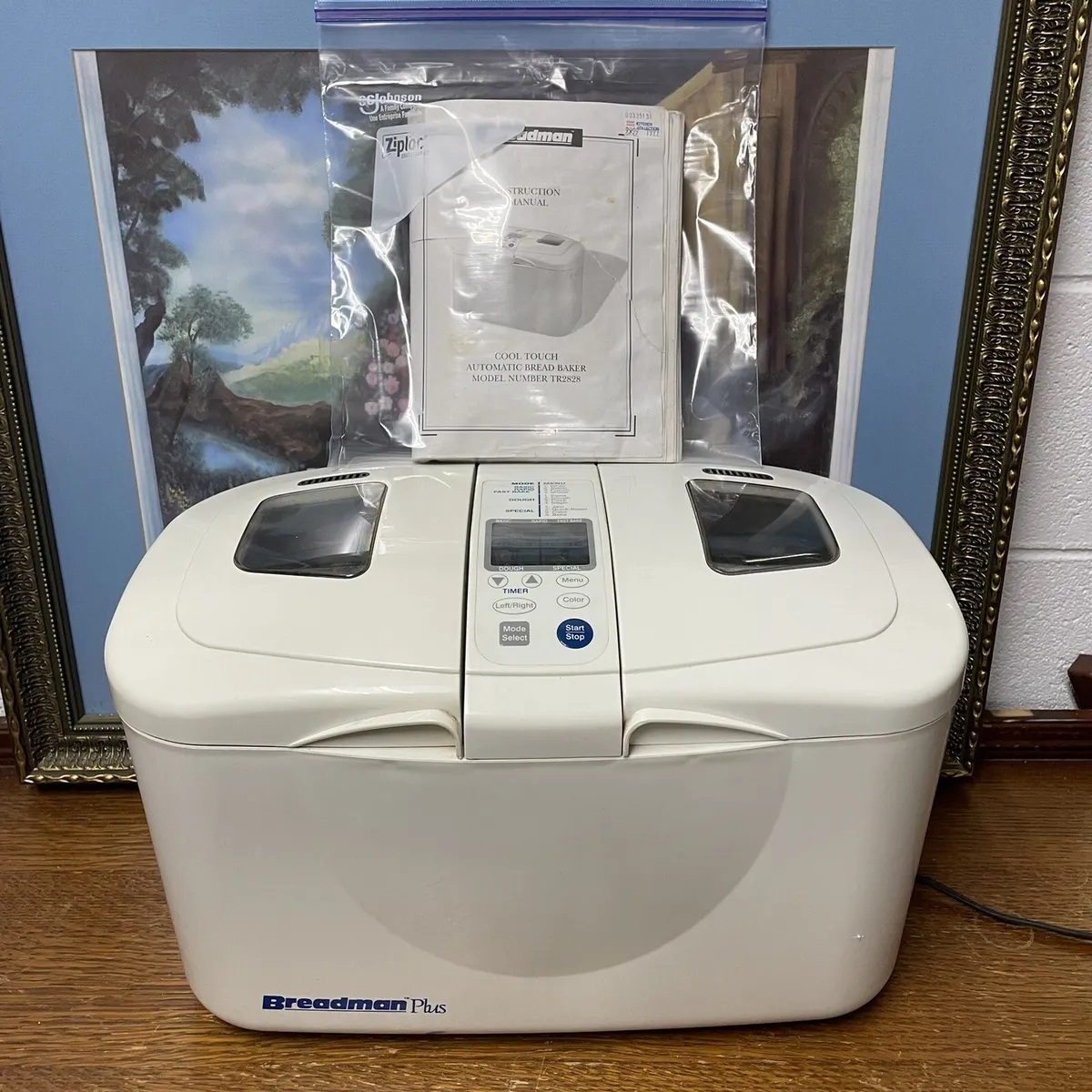
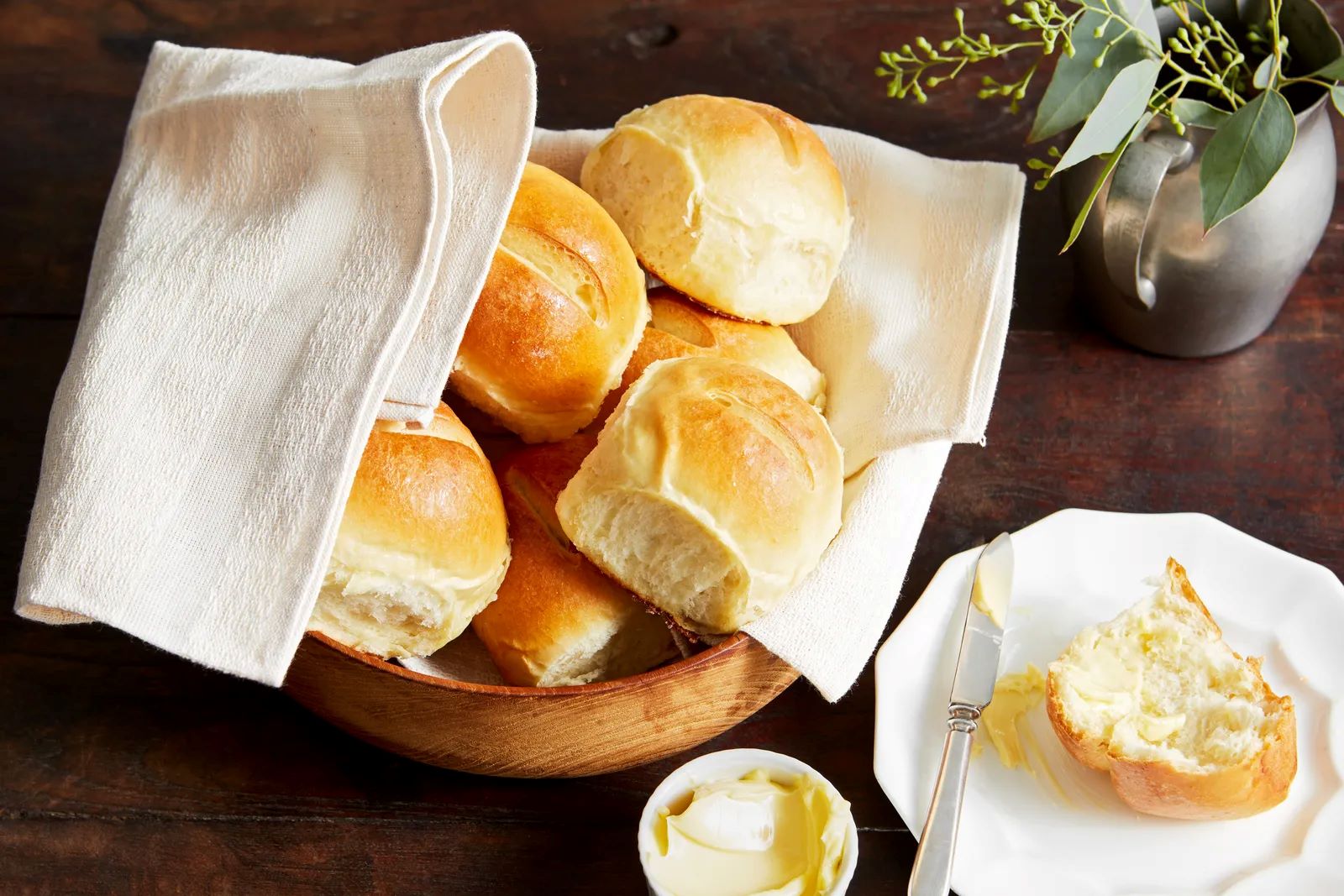
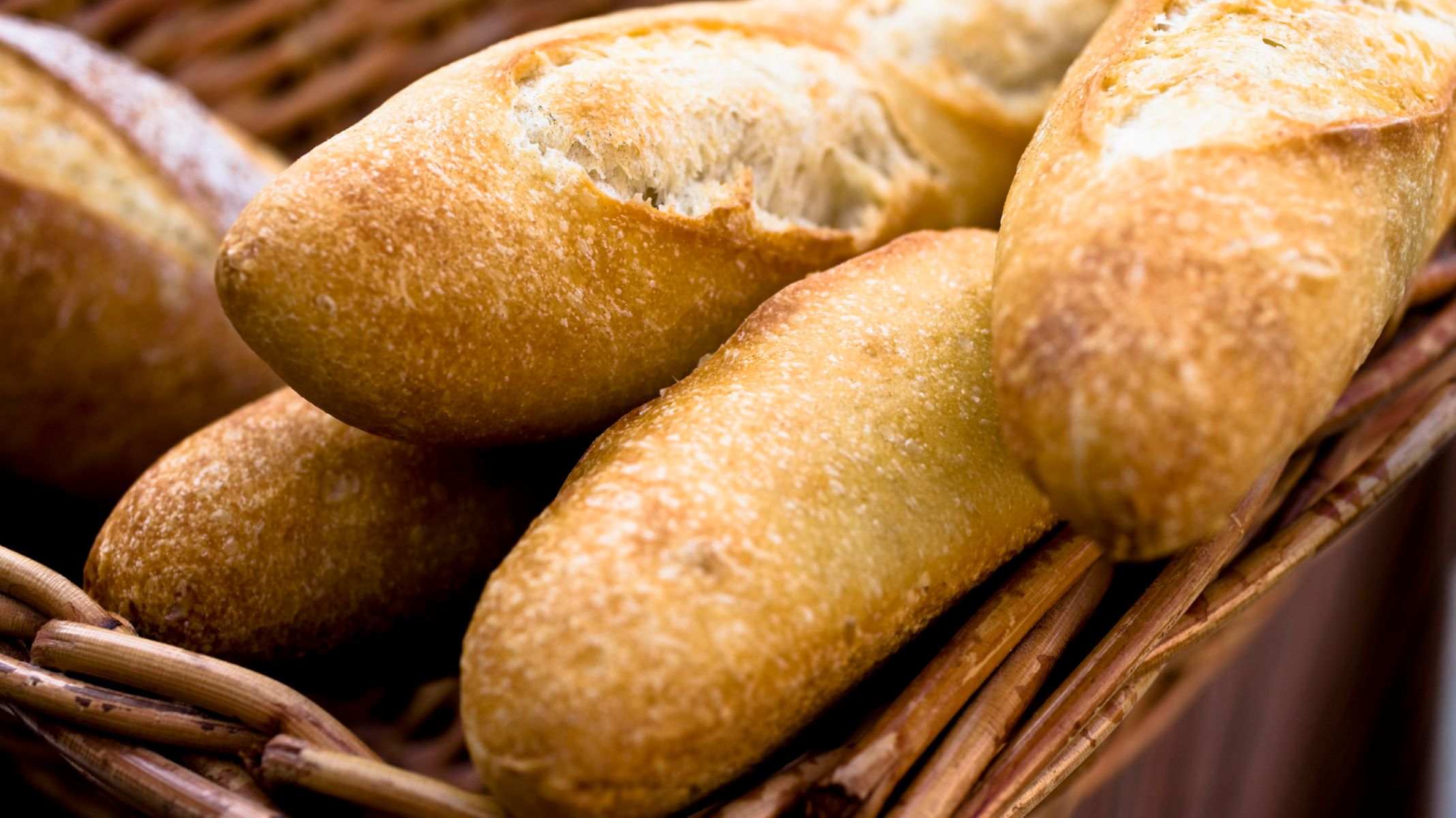

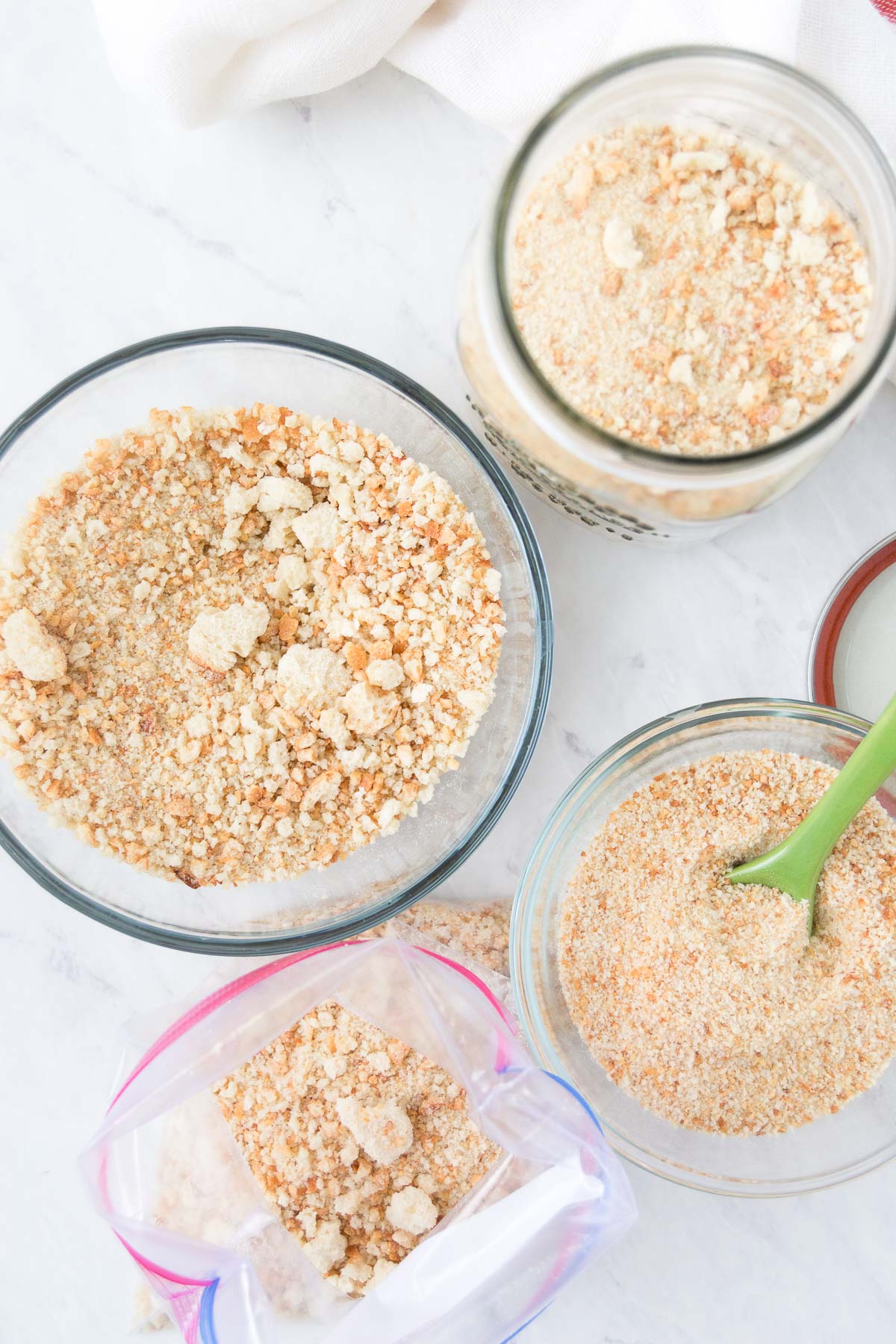
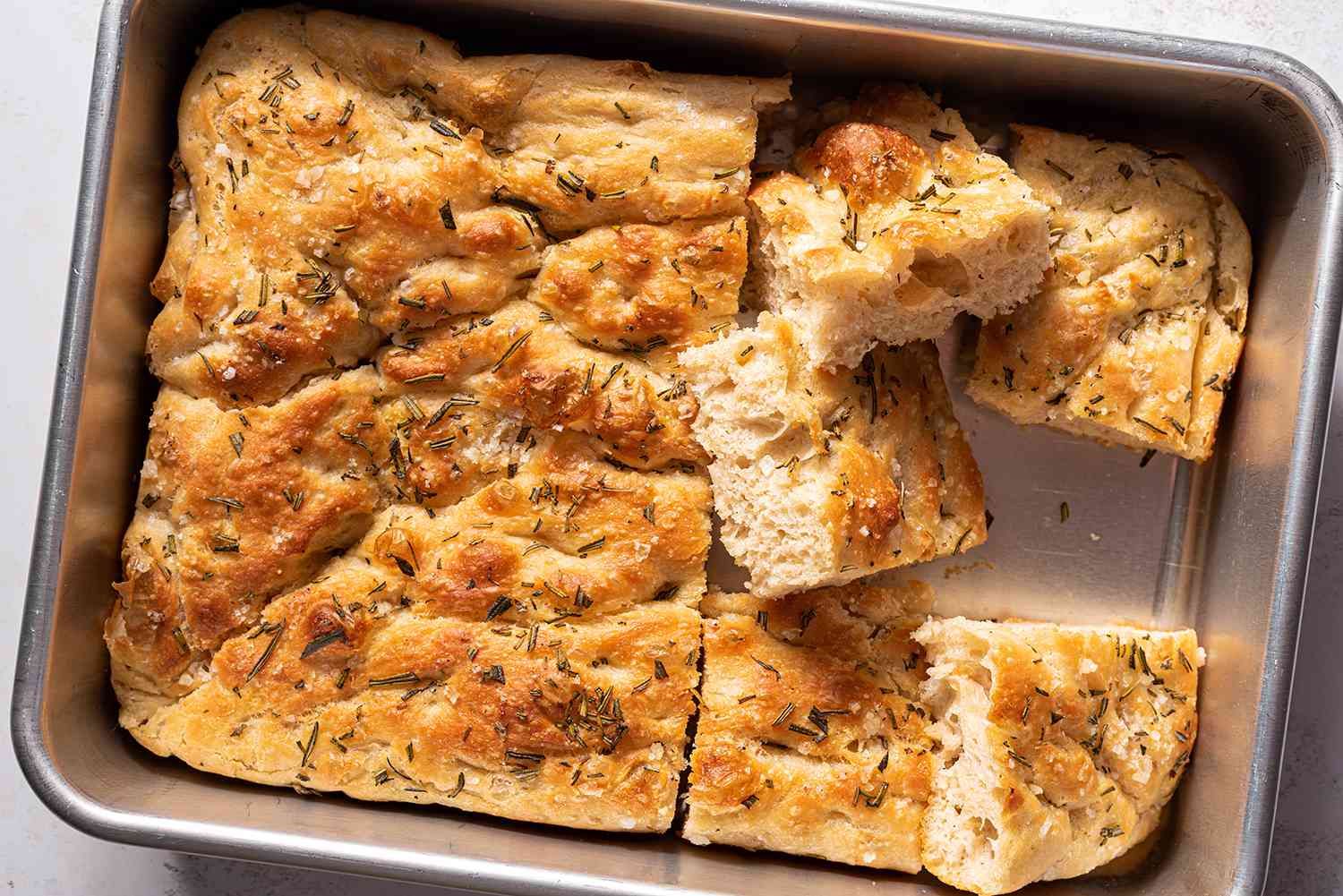
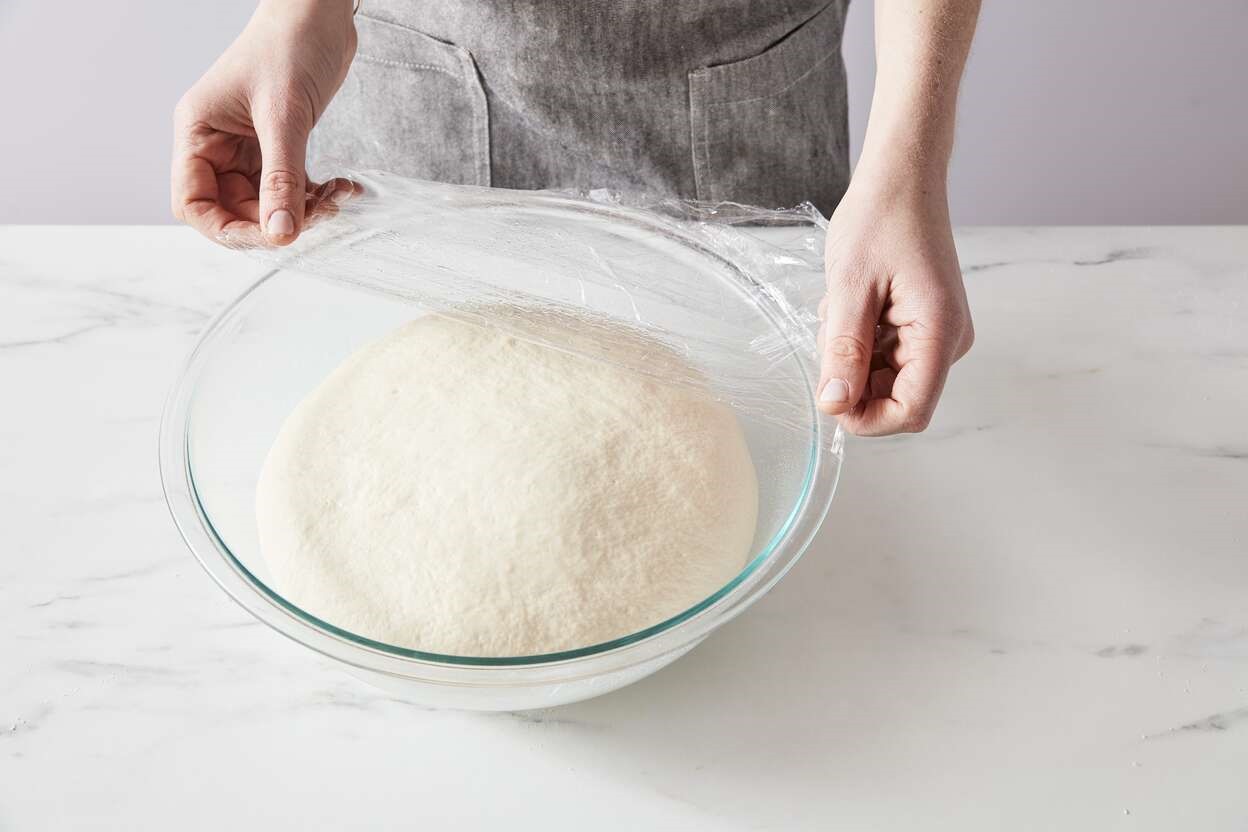
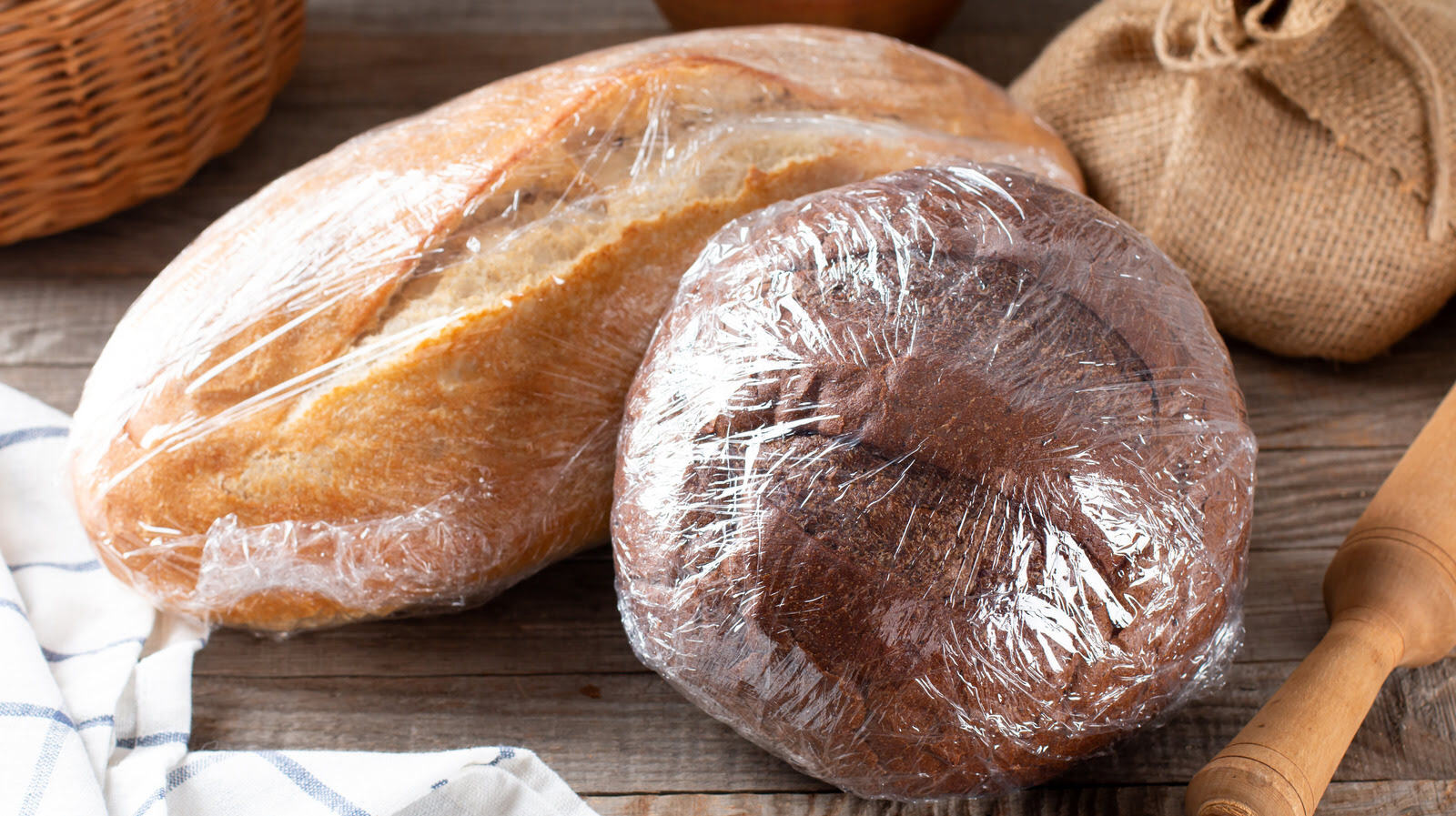
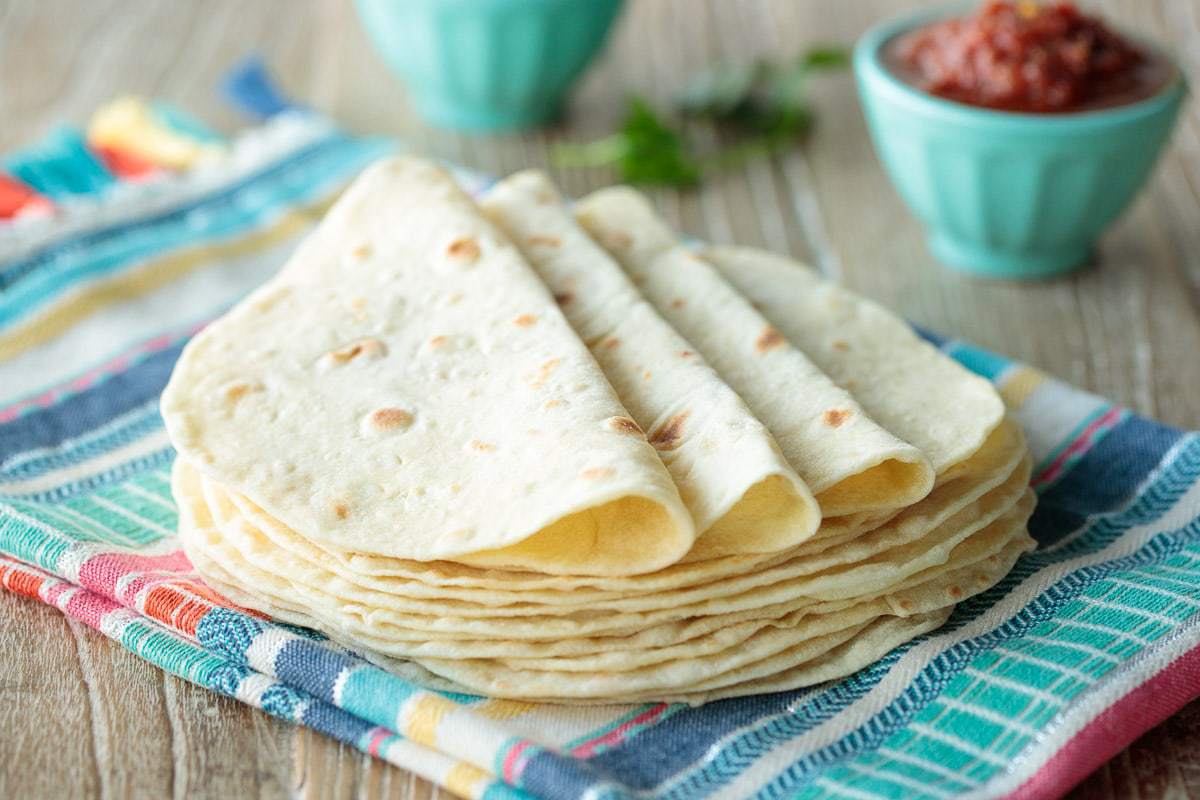

0 thoughts on “How To Store A Fresh Loaf Of Bread”